The Strength Shift: Why Lifting Weights Is the New Running (and How to Start)
For years, running was the signature move of anyone looking to get in shape, clear their head, or simply stay active. But gyms across the country tell a different story today—where rows of treadmills once dominated, you'll now spot vibrant communities gathered around racks of weights and resistance bands, sharing tips, encouragement, and laughter. This isn't just a passing fad. Strength training has become the heart of a new era in fitness, one that's powerfully inclusive and refreshingly accessible. If you've ever eyed a set of dumbbells and wondered if they're right for you (maybe with a dash of nervousness or curiosity), you're not alone. More people than ever, from young teens to spirited seniors, are lifting weights—and they're not doing it for vanity. They're protecting their futures, boosting their moods, and writing a new playbook for healthy living. The "strength shift" is about more than muscles; it's about embracing every stage of life with confidence and care. Whether you've been a lifelong runner, prefer a brisk walk, or just want to age vibrantly, this new wave is for you. Let's explore our expanded list of science-backed reasons why lifting weights is leading the fitness charge—and how you can join, gently and joyfully, no matter where you're starting.
1. The Cultural Shift: Why Strength Training Is Surging
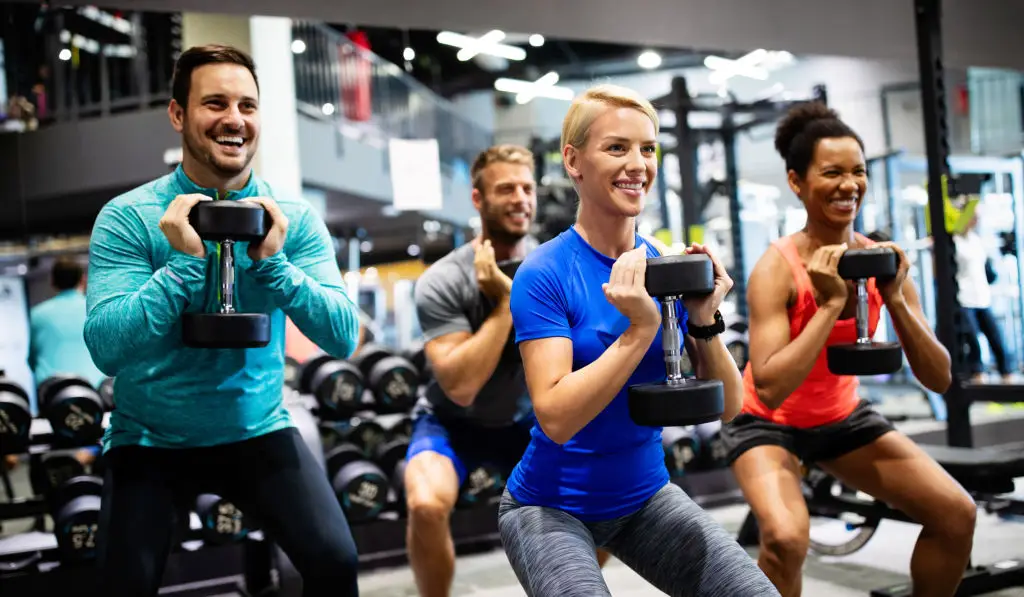
Walk into almost any gym today, and you'll notice the energy swirling around squat racks and free weights. What was once the domain of dedicated athletes or bodybuilders has cracked wide open. These days, strength training classes brim with people of all backgrounds—students, parents, retirees—discovering community and empowerment in movement. This remarkable shift didn’t happen overnight. Social media feeds spark with stories of everyday folks discovering their strength in ways cardio alone never offered. Fitness centers are updating their floors, making space for barbells, resistance bands, and instruction in good form. Industry experts point out that this pivot is fueled by both science and shared experience: strength training’s impact on longevity, energy, and injury prevention is hard to ignore. More inviting strength spaces mean this movement isn’t just for "gym people." The weight room is transforming into a place to gather, cheer each other on, and celebrate progress that feels deeply personal. The result? A true fitness revolution, driven by real people looking for health that lasts.
2. Longevity: Strength Training’s Anti-Aging Power

Want to future-proof your body and brain? Increasing muscle mass through resistance training may be one of the best things you can do for a long, vibrant life. Studies have shown that our muscles naturally diminish by 3-8% each decade after age 30, with accelerating loss later in life. This decline isn't just a number—it's closely linked to independence, energy, and overall health. Leigh Breen, professor of muscle physiology, describes it simply: "Older adults who do strength training see dramatic gains in muscle and strength, often with little to no risk—even for those in their 90s." The muscle you build now helps you stand taller, move freely, and protect yourself against falls or frailty. Perhaps the greatest gift of weightlifting is that it’s never "too late" to begin. Step by step, you can reclaim strength, protect your bones, and set yourself up for a longer, more independent chapter—no matter your starting point.
3. More Than Looks: Protecting Your Body for the Long Term
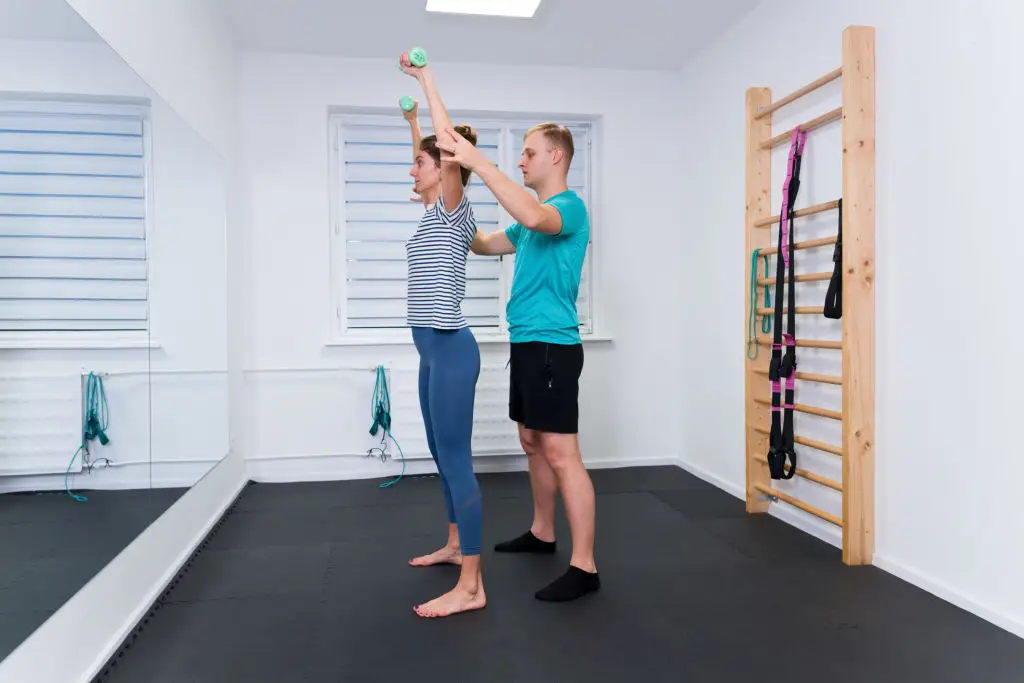
It’s easy to look at weights and think they’re just about muscles. Yet their reach goes much deeper. Strength training is one of the most reliable ways to shore up your joints, bones, and connective tissues—protecting against injuries that can sideline you as you age. Unlike the repetitive pounding of running, resistance work encourages stability and balance, building the scaffolding that keeps you moving easily through everyday life. Lifting weights also sends a powerful signal to your metabolism. More lean muscle means your body burns more energy even at rest, helping with blood sugar control and a healthy body composition. And while a strong muscle may show up in the mirror, the real magic is what you feel on the inside: better posture, resilient joints, and a body that handles life’s demands with confidence. Investing in strength isn’t just about appearance—it's about caring for the parts of you that matter most day after day.
4. Mental and Emotional Boosts

Muscles aren’t the only thing that grow when you lift weights—so does your sense of well-being. Research increasingly shows that resistance training goes beyond mood boosts to nurture brain health and resilience. Engaging in regular strength work can lift symptoms of anxiety and sadness, sharpen focus, and create a lasting sense of capability. People often share the uplifting surprise of feeling more confident after completing a set of squats or presses. Every repetition becomes a tiny act of self-care, building not just physical capacity but emotional strength too. Unlike some quick-fix solutions, lifting rewards patience, helping you tune into your progress and celebrate new milestones along the journey. Over time, this practice becomes more than exercise—it’s a reminder that you’re capable of change, inside and out.
5. Women Breaking Barriers in Weight Rooms
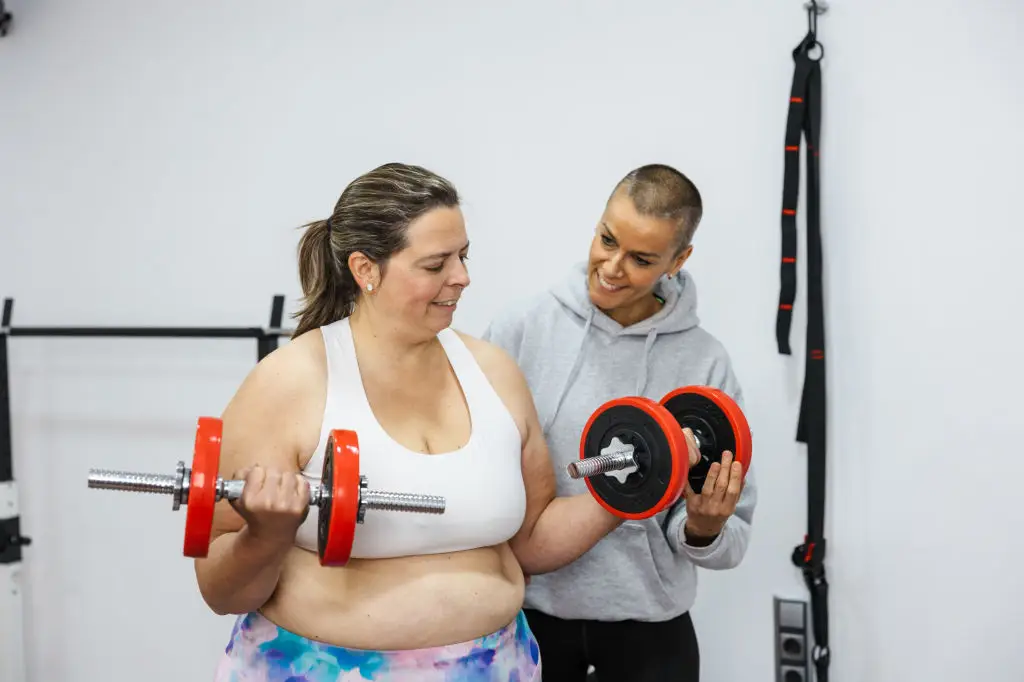
Forget the outdated belief that the weight room is only for men or that women who lift become "too muscular." The reality? Muscular “bulk” takes years of concentrated effort and specialized nutrition—a truth championed by both trainers and science. Elizabeth Davies, celebrated for her expertise in women’s strength training, puts it plainly: “Gaining visible muscle isn’t something that just happens; it’s the result of focused training and diet, not picking up weights a few times a week.” The shift is visible everywhere: more women than ever are making space for themselves on the gym floor, in classes, and in leadership roles. Gyms are responding, introducing women-friendly sessions, open instruction, and supportive environments that help everyone feel seen. This new landscape empowers women to build strength without fear—knowing they're investing in lifelong confidence, capability, and health.
6. Not Just for Athletes: Accessible Gains at Every Age

There’s no “perfect age” to start lifting weights. Recent research has pushed aside old myths about kids’ growth being stunted by strength training. When supervised and age-appropriate, even children and teens benefit—gaining bone density and coordination, not to mention a positive relationship with movement. Older adults, too, see some of the greatest rewards. Maintaining muscle keeps you mobile and independent, whether that means carrying groceries, playing with grandkids, or enjoying walks outdoors. Training at your own pace (and with accommodations for any health conditions) makes lifting a lifelong companion, not a fleeting habit reserved for athletes. No matter where you start, the path forward is welcoming. With patience and the right guidance, benefits are universal—all ages, all stages.
7. Getting Started: How Much, How Often?

Starting something new can feel intimidating, but the sweet spot for progress is within reach of even the busiest schedules. Most experts—including celebrity trainers and university researchers—agree: two or three strength sessions each week is enough to see meaningful change. These can be short (20-40 minutes), and you don’t need advanced moves to begin. Focus your first sessions on mastering proper form using light weights or even just bodyweight. Don’t worry about lifting heavy right away; safety (and confidence) starts with small, repeatable wins. Many beginners benefit from group instruction or short sessions with a personal trainer—both offer an extra boost of support and gentle accountability. The takeaway? Progress comes from what you can sustain, not from pushing to exhaustion. Consistency is your superpower.
8. Progressive Overload: Your Path to Growth

One of the most empowering parts of strength training is how clearly you see and feel improvement. The secret is "progressive overload"—gradually increasing the challenge to your muscles over time. This might mean adding a couple of pounds to a lift, squeezing in a few more reps, or refining your form so each movement feels purposeful. A good rule of thumb? Aim for 10-15 repetitions using 70-80% of the heaviest weight you can manage for a single repetition. If that sounds too technical, don’t stress. Start lighter, master your technique, and only ramp up when it feels right. There’s no finish line or "perfect number"—just steady, compassionate progress that honors your body’s cues and possibilities.
9. Cardio & Strength: A Winning Combo, Not a Rivalry

You don’t have to choose between running and resistance training—they’re a powerful pair, each offering unique benefits. In fact, studies show that runners who add two or three strength workouts per week not only improve performance but also reduce their risk of injury. Strength work boosts your stride efficiency and helps protect joints from the repetitive impact of running. For everyone, resistance exercise supports heart health and keeps your body balanced and adaptable. Whether you’re an avid runner, a devoted walker, or just dipping your toe into fitness, combining the best of both worlds creates a foundation that’s balanced and sustainable.
10. Home Workouts Are Effective (and Welcoming)

Don’t let the absence of a gym keep you from discovering the power of resistance training. Home-based strength workouts are not just convenient—they’re proven to work. From push-ups and squats to resistance band routines using simple equipment, you can begin right where you are. Many household objects (a backpack filled with books, a sturdy chair) can substitute for gym gear. Online classes and apps often break down moves step-by-step, meeting you at your comfort level and pace. Home routines are especially helpful if you’re beginning, want privacy, or face mobility or time limitations. These inclusive options put control back in your hands, letting you nurture strength on your terms—no membership card required.
11. The Power of Community and Support
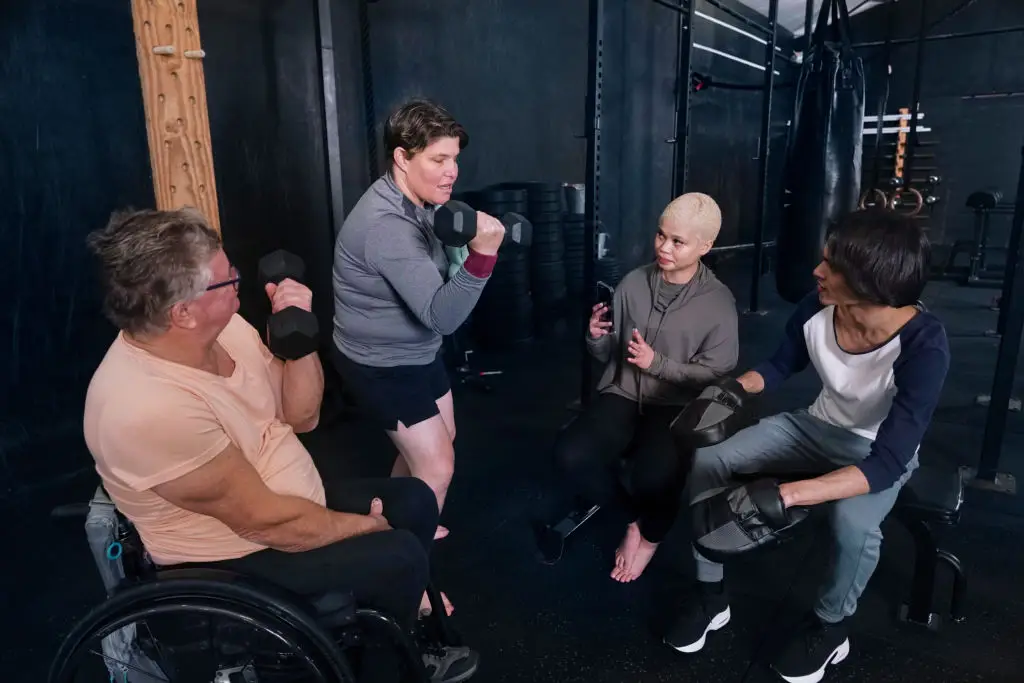
There’s something uniquely motivating about lifting alongside others—whether in a gym group, a virtual class, or an online fitness community. These spaces offer encouragement, accountability, and a sense of belonging that makes the journey more enjoyable and less intimidating. Today’s strength communities are remarkably diverse and welcoming. You’ll find lifters of every age and background supporting one another, sharing tips, swapping stories, or simply cheering for small wins. Many gyms and trainers prioritize building inclusive atmospheres where everyone feels safe and respected. Don’t underestimate the power of support—sometimes, that extra high-five or motivating word is just what you need to keep progressing.
12. Your First Steps: Gentle Progress, Real Results

Every strength journey starts with a single, sometimes tentative, step. Focus on posture and quality of movement first—bodyweight squats, wall push-ups, or seated rows with bands are perfect for beginners. Keep your sessions short and sweet, with plenty of rest and self-appreciation. Use progress (not perfection) as your guide. Track subtle gains: standing up more easily, climbing stairs with less effort, or feeling steadier on your feet. Adjust your routine as needed, and don’t hesitate to seek friendly advice from trainers or more experienced friends. Above all, be kind to yourself. Each rep you complete is proof of your commitment to growth—and deserves to be celebrated.
13. Insulin Sensitivity: The Metabolic Tune-Up

Regular resistance training is a powerful, non-pharmacological way to drastically improve your body's insulin sensitivity. Muscle tissue is highly metabolically active and serves as the primary site for glucose uptake. When you increase muscle mass, you effectively give your body more places to store and use blood sugar. This improves how efficiently your cells respond to insulin, which helps stabilize blood sugar levels and reduces the risk of metabolic diseases like type 2 diabetes. This benefit is crucial as we age, serving as a powerful buffer against chronic inflammation and metabolic fatigue. Think of lifting weights as giving your entire energy regulation system a vital tune-up.
14. Injury Resilience: The Tendon and Ligament Upgrade

We often focus on building muscle, but strength training also fortifies the often-overlooked components: tendons, ligaments, and connective tissue. These structures connect muscle to bone and bone to bone, providing joint stability. When exposed to controlled resistance, these tissues become thicker, denser, and more resilient to stress. This systematic strengthening drastically reduces the likelihood of sprains, strains, and chronic joint pain that often derail active lifestyles. By investing in the strength of your supporting structures, you are protecting your ability to pursue any other activity you love, ensuring your body can handle unexpected slips, twists, and impacts with greater resilience.
15. Hormonal Efficiency: The Growth Hormone Edge

Resistance training is unique in its ability to naturally stimulate the release of beneficial hormones, most notably Growth Hormone (GH) and Insulin-like Growth Factor 1 (IGF-1). These aren't just for building huge muscles; they are vital for cellular repair, fat burning, bone density, and maintaining youthful vitality. Unlike other exercise types, lifting heavy (relative to your capability) sends a potent signal to your endocrine system. By maximizing the natural production of these growth factors, strength training actively supports tissue healing, optimizes energy levels, and contributes directly to the anti-aging benefits you seek. It's a natural, internal chemical optimization process.
16. Better Posture: The Anti-Slouch Defense

In our modern, screen-focused world, strength training is the ultimate defense against poor posture, which can lead to headaches, neck pain, and mobility issues. Specifically targeting the posterior chain (the muscles of the back, shoulders, and glutes) corrects the forward rounding caused by desk work. Moves like rows, rear delt raises, and back extensions strengthen the muscles responsible for pulling your shoulders back and keeping your spine upright. This doesn't just improve your appearance; it optimizes your breathing mechanics and reduces the chronic strain that otherwise accumulates, allowing you to stand taller and move with more youthful ease and less pain.
17. Improved Sleep Quality: Deep Rest, Deeper Recovery

Strength training enhances the quality of your sleep, helping you spend more time in deep, restorative sleep stages. The physical exertion and the subsequent repair cycle require the body to downregulate stress hormones and prioritize recovery, promoting relaxation through natural fatigue. Furthermore, improved blood sugar regulation (from Benefit #13) helps prevent the nighttime glucose swings that can disrupt sleep. Consistently challenging your muscles helps cue your entire system that deep, regenerative rest is required. The result is often falling asleep faster, staying asleep longer, and waking up feeling genuinely more rested and mentally sharp.
18. Bone Density: Your Lifelong Armor Against Frailty
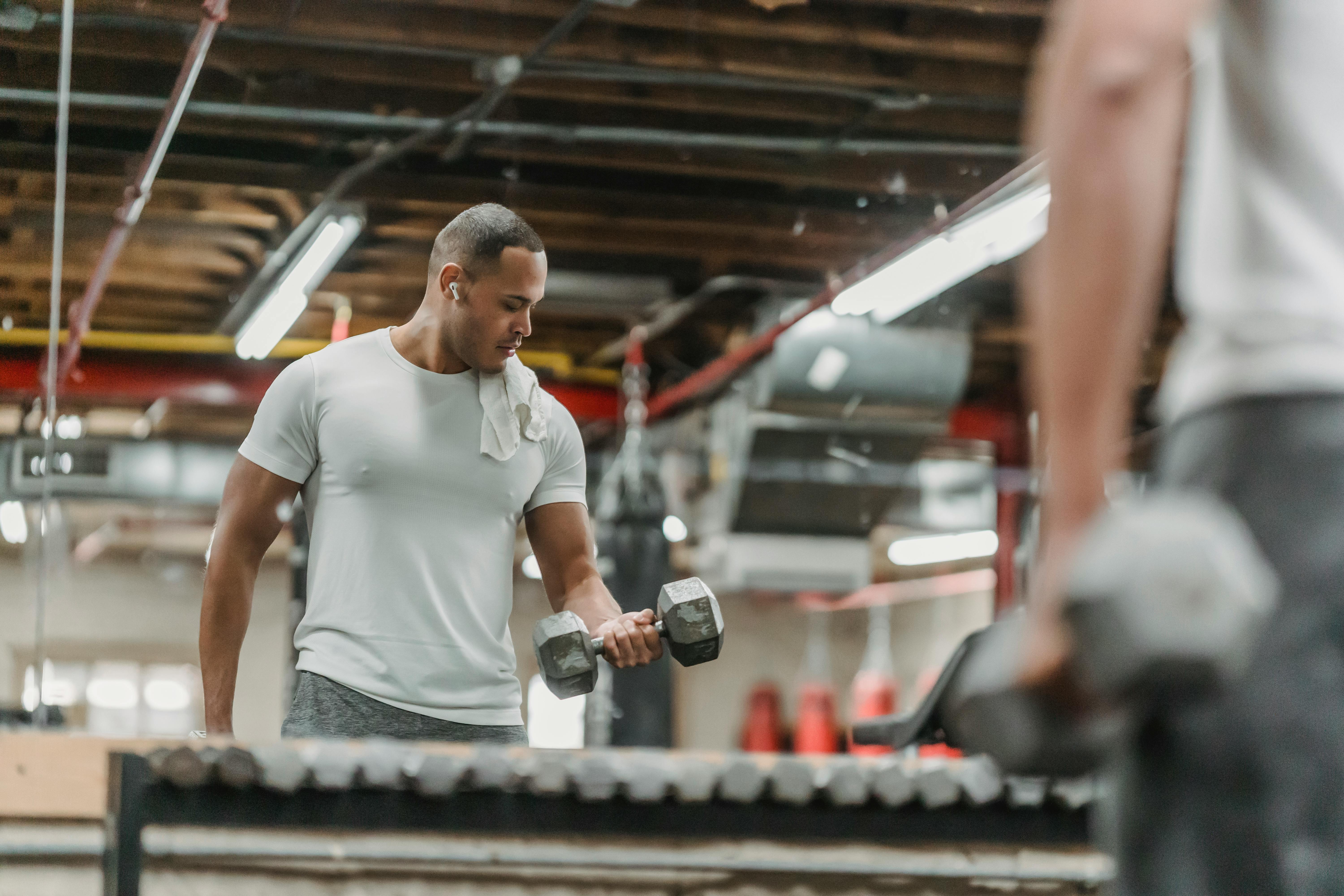
Lifting weights is one of the single best investments you can make in your skeletal system, making it the ultimate tool against osteoporosis. Bones are living tissues that respond to stress. When muscles pull on bones during resistance exercise, it signals the bone cells to increase density and structural integrity. This direct, high-impact stress cannot be replicated through low-impact activities like swimming or cycling alone. Building dense bone mass now acts as an insurance policy against fractures and frailty later in life, ensuring you maintain a strong, resilient foundation for decades to come.
19. Visceral Fat Reduction: Targeting the Dangerous Deep Fat

While all exercise burns fat, strength training is uniquely effective at targeting visceral fat, the deep, metabolically dangerous fat stored around your internal organs. Visceral fat is strongly linked to inflammation and metabolic disease. Studies show that maintaining or increasing muscle mass through resistance work significantly improves the body's ability to clear glucose and break down these deep fat stores, even more effectively than cardio alone in some cases. By prioritizing muscle building, you are actively shrinking the most harmful type of fat from the inside out, leading to powerful, invisible health benefits.
20. Joint Lubrication and Cartilage Health

Contrary to the myth that lifting "wears out" your joints, controlled resistance training, with proper form, is essential for cartilage health and joint longevity. The movement and compression of the joints during exercises like squats and lunges stimulate the circulation of synovial fluid, the natural lubricant and nutrient delivery system for cartilage. This "pumping" action helps keep the cartilage nourished, thick, and resilient. Maintaining the muscle surrounding the joint also absorbs shock and ensures stability, making the joint far more resistant to the wear and tear associated with aging and instability.
21. Mitochondrial Biogenesis: Fueling the Cellular Powerhouse
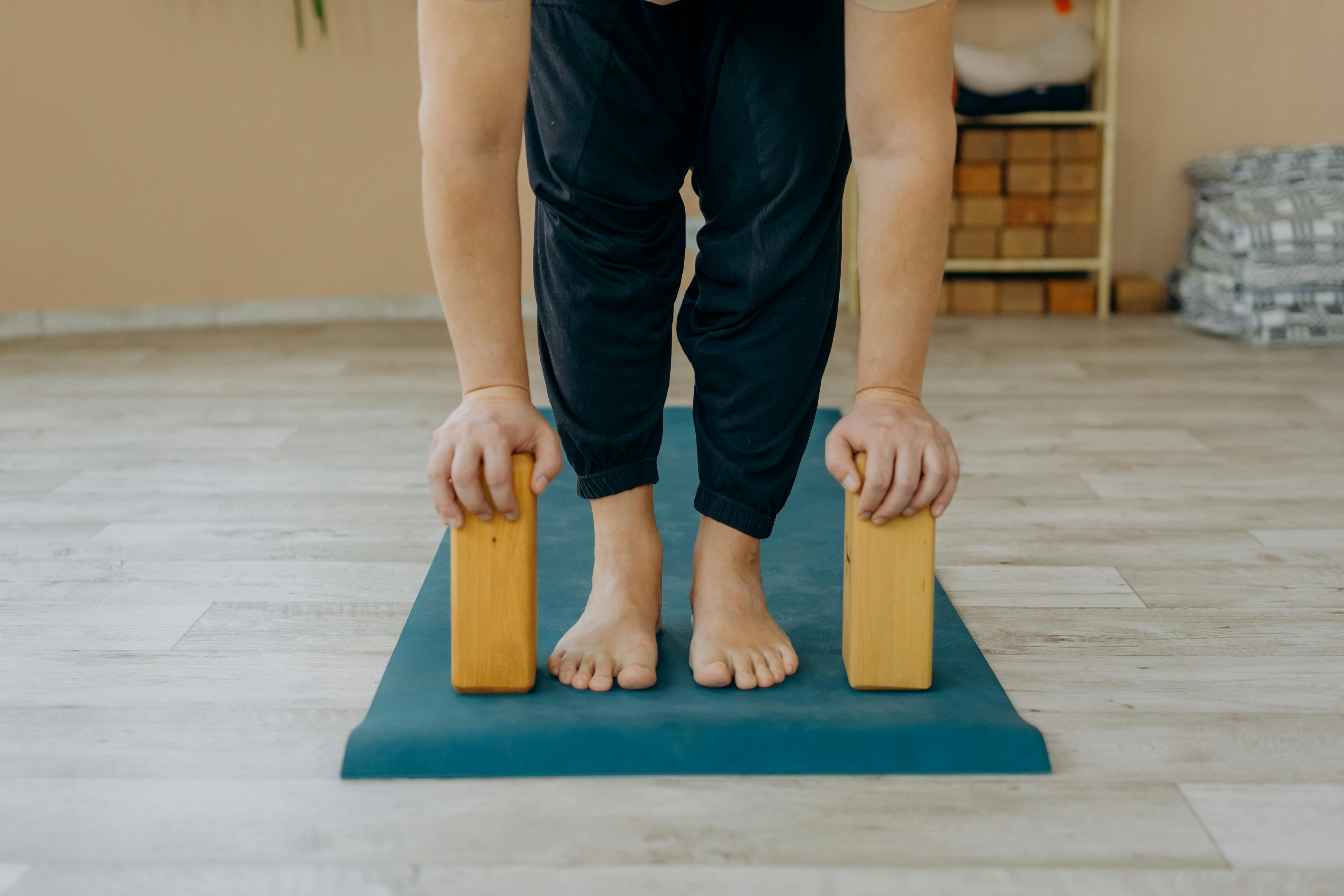
Resistance training signals your muscle cells to engage in mitochondrial biogenesis—the creation of new mitochondria. Mitochondria are the tiny power plants in your cells responsible for converting nutrients into energy. When you increase the number and efficiency of these power plants through lifting, you dramatically improve your body's overall energy production, metabolic rate, and fatigue resistance. This is one of the most fundamental reasons why strength training boosts vitality, sharpens the mind, and enhances metabolic health at the cellular level.
22. Balance and Proprioception: The Fall-Proofing Advantage
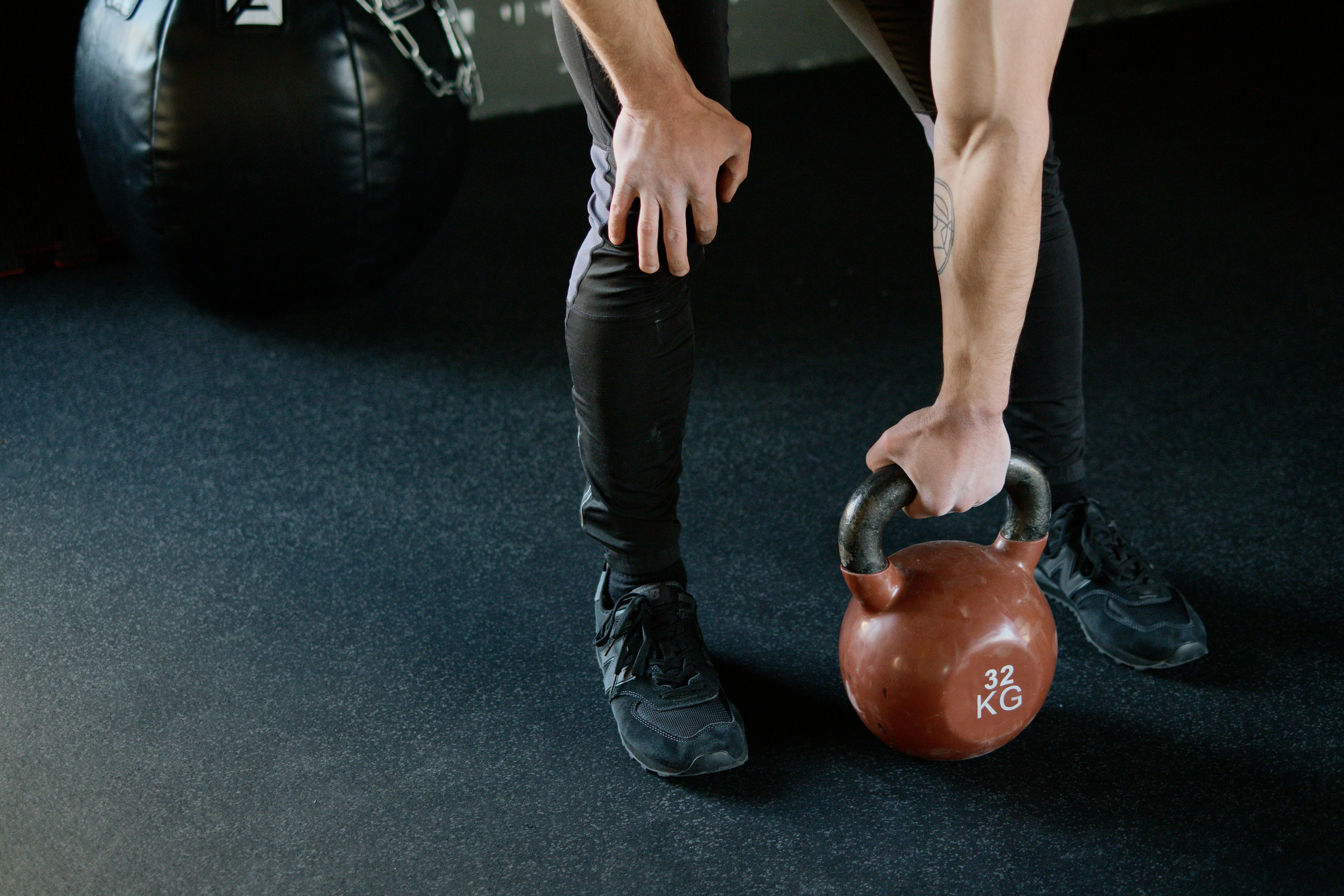
Strength training is the best way to actively improve proprioception (your body's awareness of its position in space) and static/dynamic balance, which is paramount for preventing falls. Exercises that challenge your stability, such as single-leg deadlifts, Bulgarian split squats, or even simple carry variations, train the complex network of muscles, nerves, and inner ear signals responsible for keeping you upright. Building strength in the stabilizer muscles and core gives you a faster reaction time to stumbles, offering crucial protection against serious injury and boosting your confidence in every step you take.
23. Pain Modulation: Turning Down the Volume on Chronic Discomfort

One of the most surprising long-term benefits of regular strength training is its ability to directly influence your nervous system's perception of pain. By consistently challenging your muscles, you increase the production of endogenous opioids (natural pain relievers) and improve pain gate control. This training essentially teaches your central nervous system to become less reactive to discomfort, raising your pain threshold and making you less susceptible to chronic aches often associated with aging or old injuries. It's not just masking pain; it's physically retraining your brain to perceive less of it, translating to a better quality of life and reduced reliance on medication.
24. Neuroplasticity: Boosting the Brain's Adaptability

Strength training directly promotes neuroplasticity, the brain's ability to reorganize and form new neural connections. Engaging large muscle groups and performing complex, coordinated movements (like a squat or press) requires intense communication between your muscles and motor cortex. This active communication stimulates the release of Brain-Derived Neurotrophic Factor (BDNF), often called "Miracle-Gro for the brain." Increased BDNF helps repair neurons, improves signaling, and makes the brain more resilient to stress and decline, effectively sharpening learning capacity and memory retention with each workout.
25. Reduced All-Cause Mortality Risk (The Dose-Response)
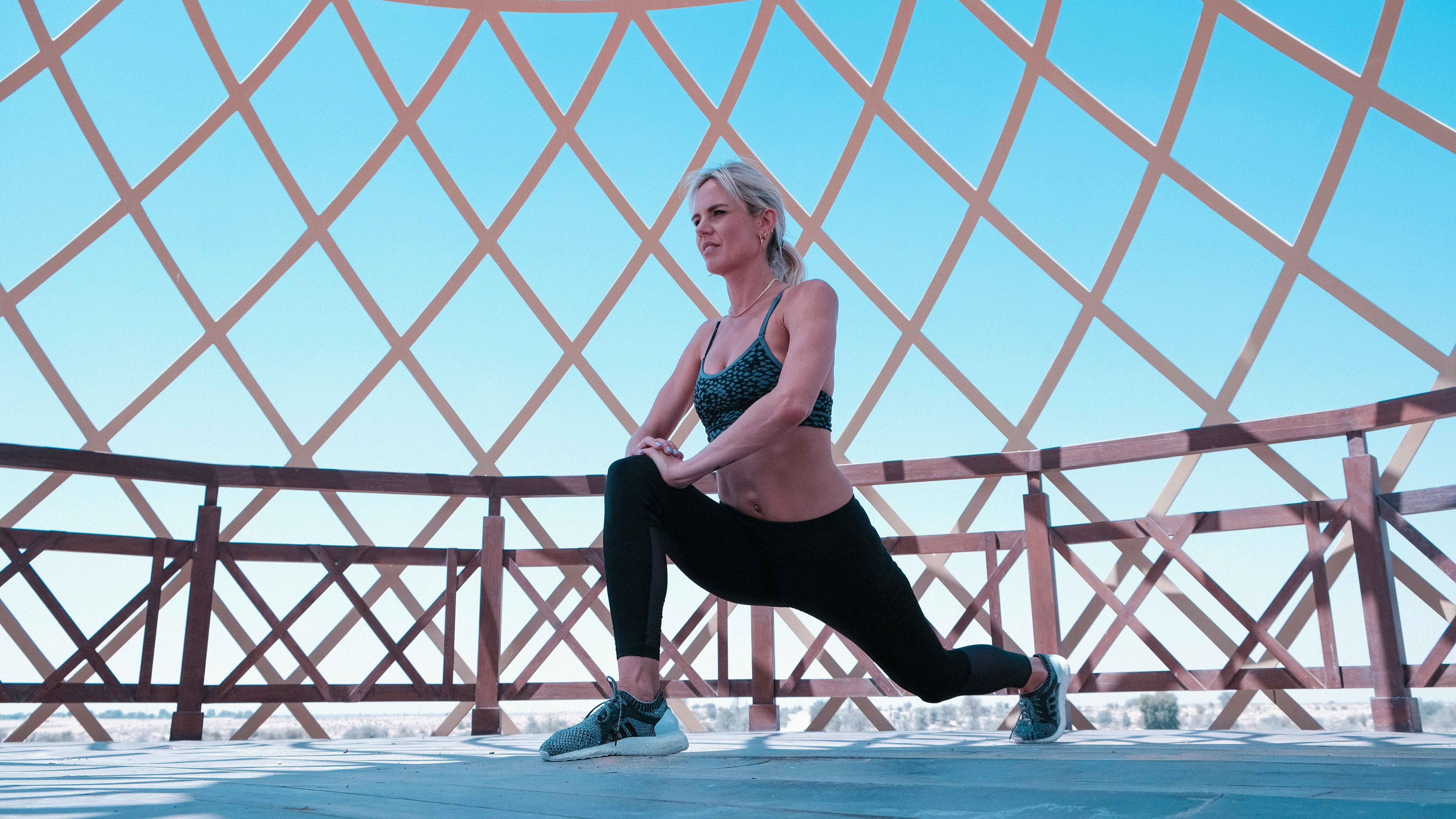
Beyond protecting against specific diseases, strength training offers a powerful, measurable reduction in the risk of all-cause mortality. Research indicates a significant dose-response relationship: simply engaging in resistance exercise 2–3 times per week, independent of aerobic activity, provides a massive protective health buffer. This benefit is linked to improved muscle quality (not just size), systemic inflammation control, and superior metabolic health. Knowing that a commitment to consistent, moderate lifting dramatically extends your potential lifespan transforms the activity from an option into a lifelong preventative habit.
26. Enhanced Emotional Regulation and Stress Resilience

Strength training acts as a powerful, non-pharmacological tool for improving emotional regulation. The physical demands of lifting force the body to manage stress under controlled circumstances. Over time, this trains the body’s HPA axis (the stress response system) to return to baseline more quickly after any stressful event, whether physical or psychological. This translates to lower overall daily anxiety, better mood stability, and greater mental resilience when facing life's daily challenges, making you literally feel stronger and calmer in your emotional landscape.
27. Improved Lymphatic Clearance and Immune Function
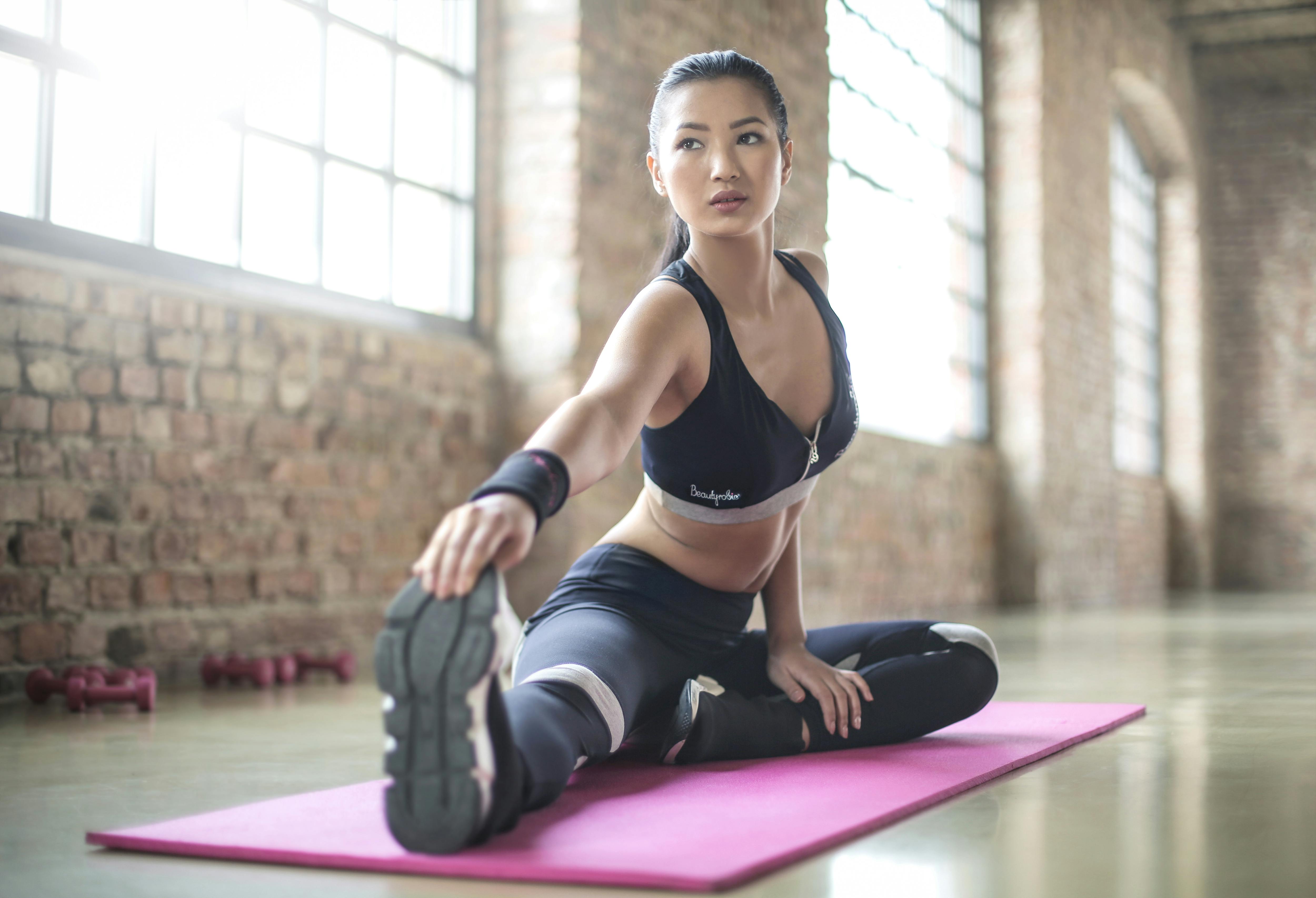
The lymphatic system, responsible for clearing cellular waste, toxins, and immune cells, relies entirely on muscle contraction for circulation. As strength training engages major muscle groups throughout the body—especially the large muscles of the legs and core—it acts as a systemic pump for the lymphatic fluid. Enhancing this circulation ensures waste products are efficiently removed, reducing systemic inflammation and allowing immune cells (lymphocytes) to patrol the body more effectively. A clean, efficient lymphatic system is foundational to robust, long-term immune function.
28. Optimized Nutrient Partitioning: Directing Calories to Muscle

One of strength training's most crucial and least-understood benefits is its ability to optimize nutrient partitioning. This is the process by which your body decides where to send the calories you consume—primarily to fat cells for storage or to muscle cells for repair and energy. Resistance exercise creates a demand signal in the muscle that overrides fat storage pathways. After a tough workout, nutrients like glucose and amino acids are preferentially shunted toward the muscle tissue for repair and growth, rather than being converted into body fat. This metabolic redirection makes every meal you eat more constructive, improving body composition without drastic calorie restriction. It's the ultimate internal management system, ensuring your fuel is used for building strength and vitality, not stored as excess fat.
Rediscovering Strength, Redefining Wellness

Strength training is more than an exercise routine—it’s a potent act of self-care, no matter your starting point, age, or background. The "strength shift" sweeping gyms and living rooms alike reflects a deeper desire: to move with confidence, to age with grace, and to empower ourselves at every stage of life. Embracing weights doesn’t mean abandoning everything familiar. Instead, it’s about honoring your body’s story while writing bold new chapters. With every lift, you protect your future health, sharpen your mind, and strengthen connections to both yourself and your community. If the journey ahead feels uncertain, remember that every ounce of progress matters. Each session reinforces the knowledge that your well-being is worth prioritizing. No one expects perfection—just a willingness to try, to learn, and to celebrate your amazing resilience. Here’s to the power of gentle strength, today and every day.